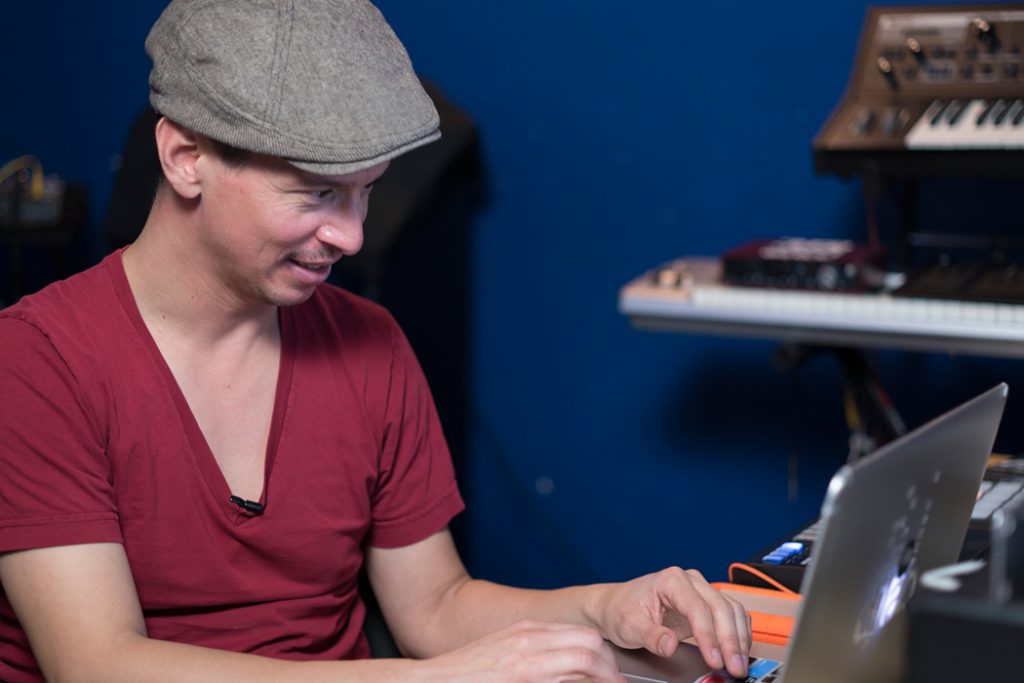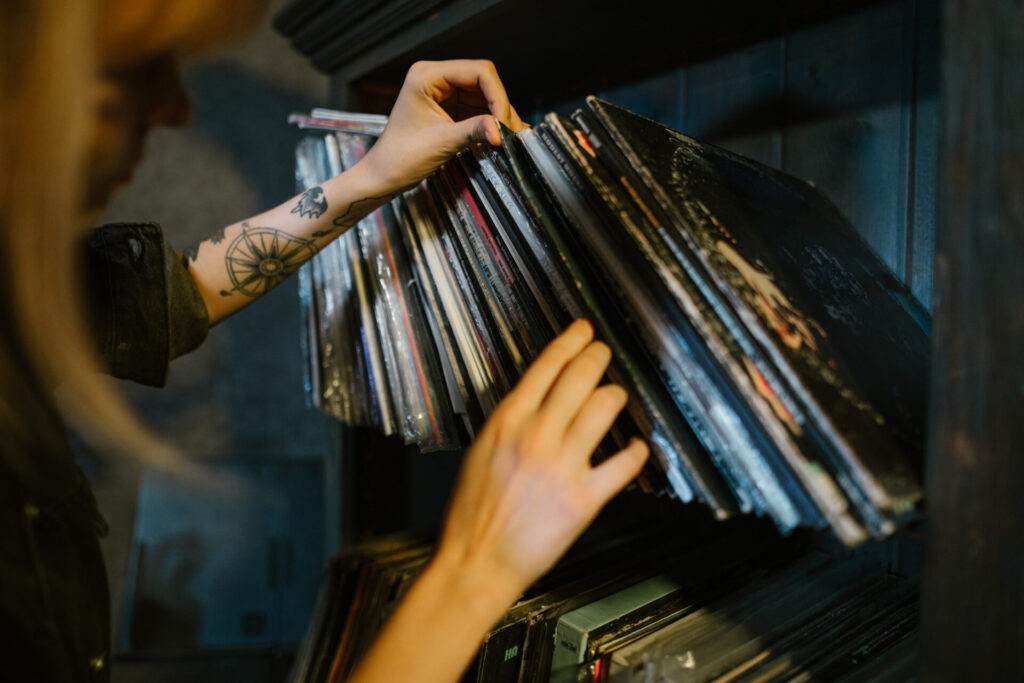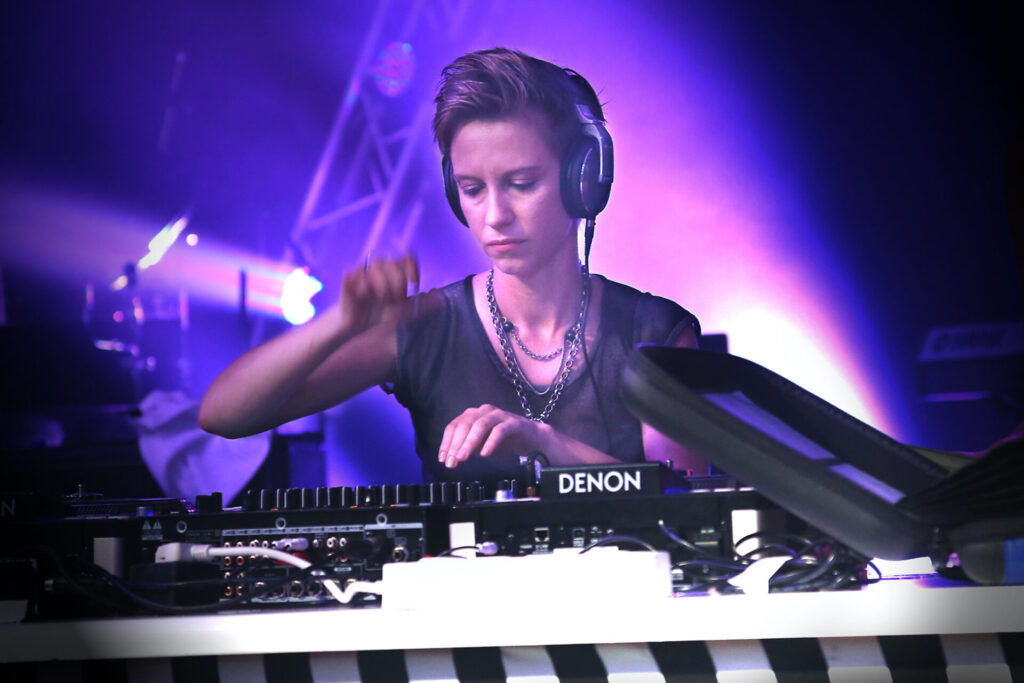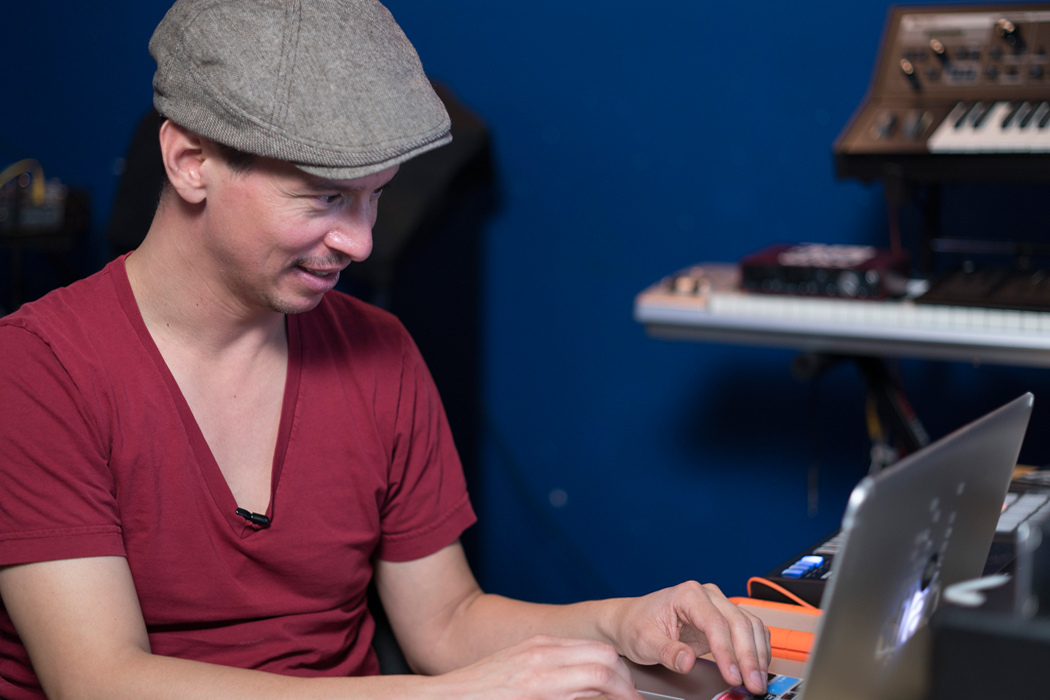
+ Improve your songwriting with Soundfly! Explore our range of online courses on emotional chord progressions, basic songwriting technique, songwriting for producers, and many more. Subscribe for unlimited access here.
I recently gave a talk at the National Association for Music Education (NAfME) on the topic of “How to Improve the Student Online Learning Experience.” Given my background as a musician/DJ and parent of a music student, this topic is of special interest to me.
My Background and Notetracks’ Beginnings
I grew up in a music-oriented family. In our Indian family household, my father played harmonium and was a classical singer; my sister was a pianist. I wasn’t quite as disciplined with classical music, but I got into DJ culture and was a DJ in my teenage to adult years. Once you know what a hit song sounds like, you transition into wanting to “make the hit” rather than “playing the hit,” so I got into music production and was working with a lot of software to record, edit, and create music.
I also majored in computer science with a minor in music, and it was actually in a music classroom where I discovered the idea for Notetracks. We were doing an ear training exercise and reverse engineering popular songs on the radio. We were writing things down that we were listening to, like chord progression changes, instrumentation on paper while the teacher had waveforms on the projector and was fiddling around with a CD.
At that time, paper note-taking was rapidly being replaced by digital note-taking applications, so I thought that in my music software, it would be great to have a note-taking track where I could write down notes along the waveform. I worked in tech for many years and came to a point where I wanted to merge my passion for music and tech and build the tool I always wanted to have. The tool (Notetracks Pro) is launched, and it’s a web-based platform used by music creators, collaborators as well as educators and students. We have some great insights from our customers to provide some learnings for today.
Today, in addition to running Notetracks, I am the parent of a young, aspiring musician — a 4-year old. While he’s pretty young, he already has his own piano and drum-set and I’m continuously learning more about the way he likes to learn music. So, with all of this, I wanted to circle back to the point of my NAfME presentation and this article. Here are my five tips for improving the online learning experience.
#1. Online vs. Offline: It’s All About Balance
The great thing about music is that students can interact both in a physical medium or in an online one. An example of this would be a professor providing all of his students with drumsticks to use or interacting with a piano in the home.
But not everyone has instruments at home, so you can get creative with offline exercises. In my early music days, although we didn’t have a piano, I was given a cardboard fold-out keyboard to practice fingerings on. Besides providing offline exercises, it’s good to limit online screen-time.
We recommend giving students a chance to just listen with the camera off sometimes and giving them breaks. Finally, mix up learning formats between synchronous and asynchronous activities.
For example, question/response is synchronous, but asynchronous activities might include an assignment where a student uploads their work and the professor provides feedback.
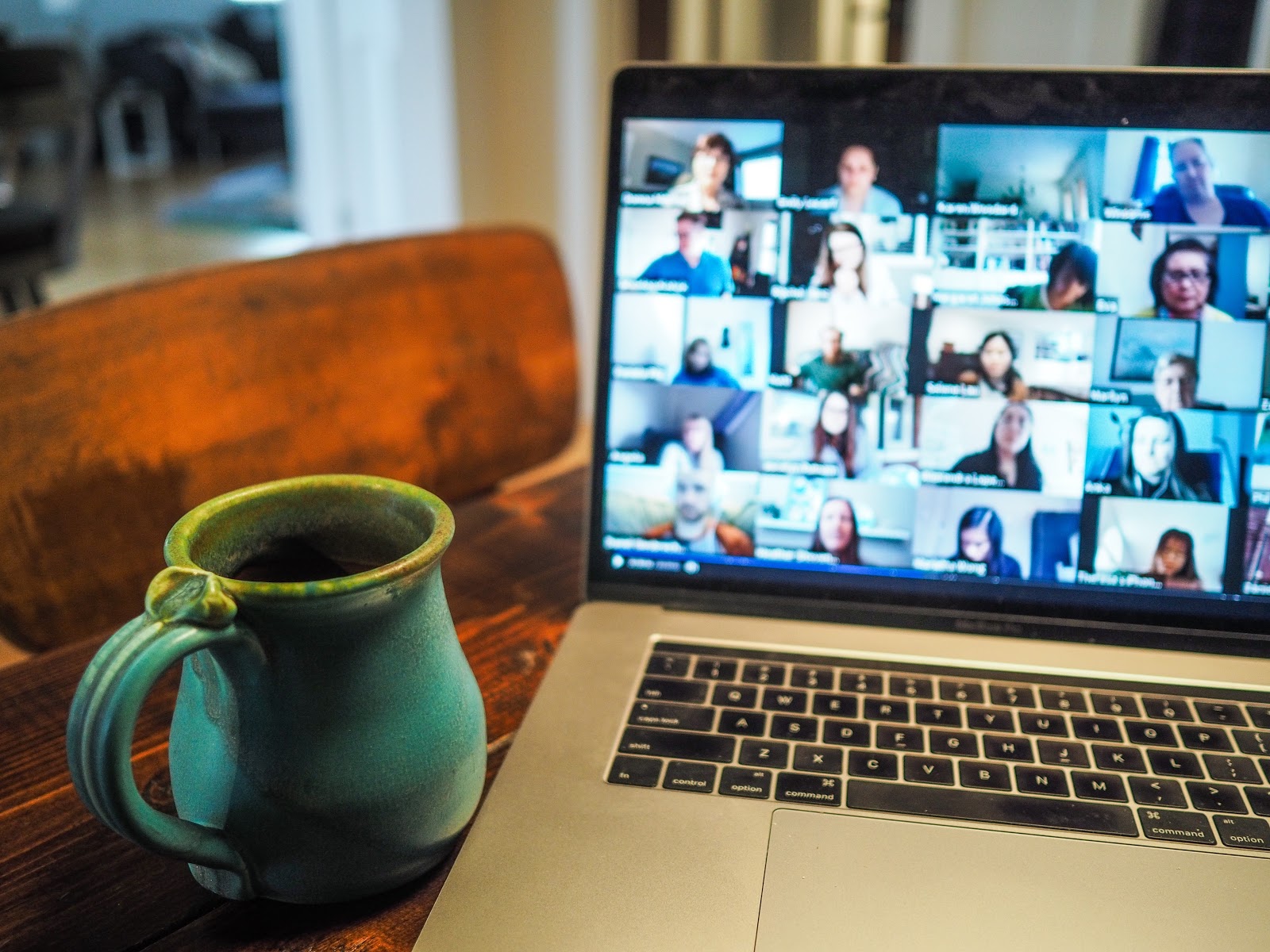
#2. Inspiration: Make It Fun
Music students need the freedom to be loose and enjoy what they are working on. A couple tips for how to do this is to assign some free play time, allowing students to work on music based on their interests, encouraging them to search and discover something new (we called this “digging in the crates” in my DJ days), and giving them exercises that allows them to experiment.
One amazing story I’ll never forget is a professor that told us he reached out to Justin Bieber’s manager to get the stem files to a popular song so he could present them in his classroom. This is a great example of using music that is current to connect with students’ interests and fuel their passions.
For experimentation, consider ideas like slowing things down, speeding them up, breaking things and putting them back together; quite simply, doing things differently.
#3. Engagement: Keep Things Interactive
It’s important to ask questions to keep things interactive and get a pulse on your students. How’s their day? What’s their energy level? Ask them what they are feeling and how they are doing.
If the energy level is low, you can turn up the energy by using pump up music or incorporating high-energy exercises. Turning up the energy; pump up music. Use of Emojis can help with mood and energy.
Once you have considered the energy, make sure you are working to engage them with both audio and video. Use a high-quality microphone — ideally a headset — with a nice, clear tone and pay attention to the acoustics of the room.
If your students don’t have to strain you, they will be more engaged. Also, be visually engaging. We recommend trying virtual backgrounds, and there are several that are thematically appropriate that make music fun (studio, concert hall, etc.).
+ Learn production, composition, songwriting, theory, arranging, mixing, and more on Soundfly — whenever you want and wherever you are. Subscribe for access!

#4. Collaboration: Work Together Regardless of Format
How do you collaborate when not together physically in a classroom? Zoom breakout rooms can be great for collaboration and can also be used with audio only.
Options include discussing work in groups, providing feedback on pre-recorded peer works in progress, and listening to a peer play and providing feedback.
Offline, some of the ideas we’ve heard about include involving family members. For example, providing feedback on work, jamming together (if you have a musical family), and even interviews and discussions on music topics can be great ways to support collaboration both offline and online.
+ Read more on Flypaper: Soundfly’s Three-Part “Guide to Learning Things Online.”
#5. Technology: Use It Effectively by Mixing Tech With Non-Tech
There are numerous ways we’re using technology today: music creation, collaboration, notation, learning management systems to provide info, assignments, as well as web and research learning (articles, videos, etc.)
Our recommendation, similar to balancing online and offline approaches, is to mix the tech with non-tech. An example of this would be recording a music performance with a recording app and then sharing it for asynchronous feedback.
There are other tools emerging now such as social media networks that are more audio focused and voice-activated, such as trivia apps on Alexa or Google Home, instrument trainers for guitar; or if you’ve got little ones, musical chairs. With so many options, it’s easy to get tech-heavy, so remember to keep the tech and non-tech in balance.
And finally, if you are like me and have always wanted a tool that allows you to make notes quickly and easily alongside the music for analysis, peer feedback, collaboration, or any other reason, check out Notetracks. After all, it was born in a classroom.
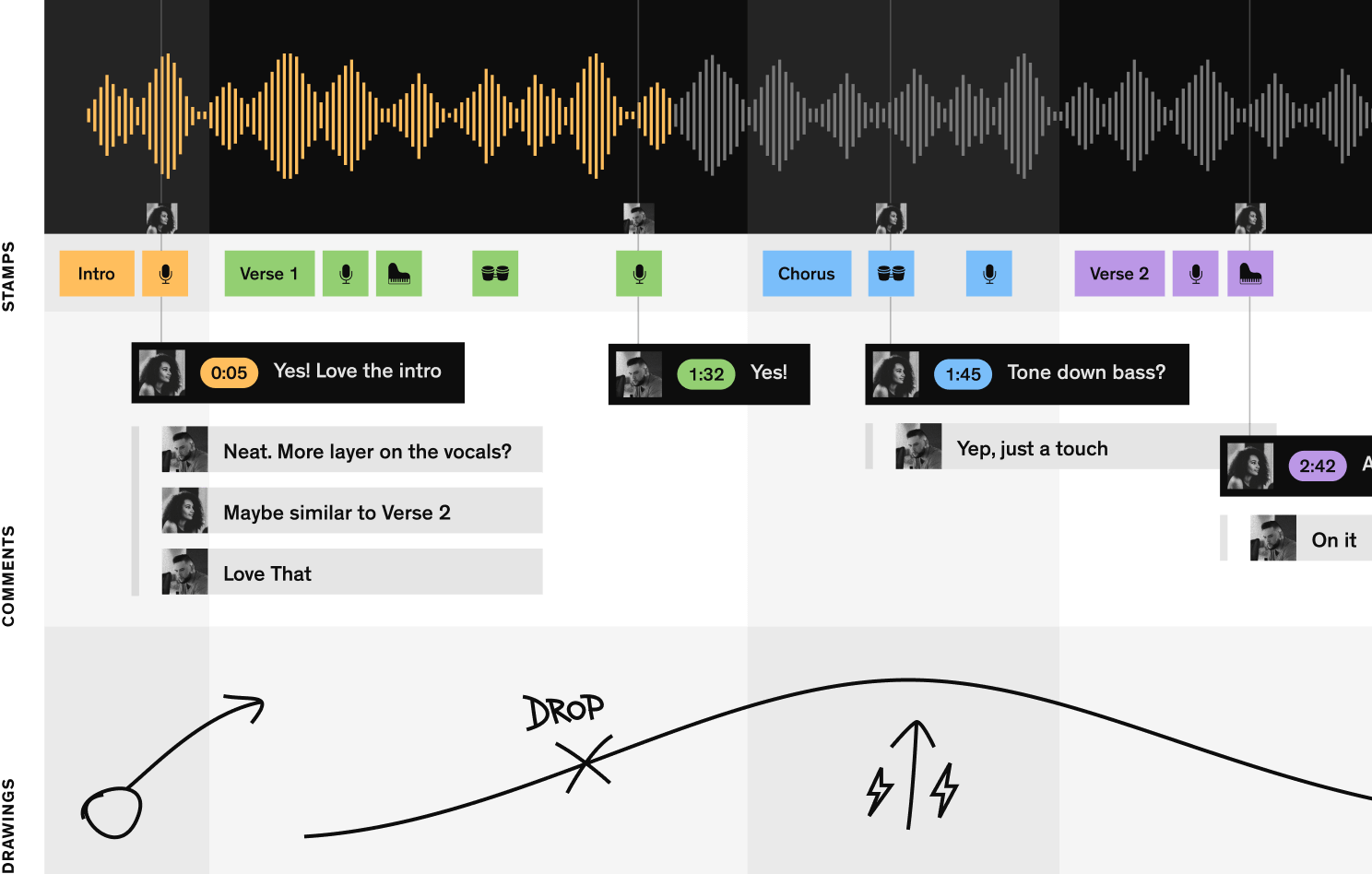
Whether you are a teacher, student, or administrator looking to improve online learning, we hope you’ve enjoyed these tips for increasing engagement with online learning (and are already putting some of them into practice).
If you want to listen to the presentation I was talking about in the beginning of this post, you can check it out here:
Let us know if you have any other suggestion for student engagement in the comments below!
Achieve your musical goals with a Soundfly Mentor by your side.
Soundfly’s community of mentors can help you set the right goals, pave the right path toward success, and stick to schedules and routines that you develop together, so you improve every step of the way. Tell us what you’re working on, and we’ll find the right mentor for you!
—
 Kam Lal is the founder and CEO of Notetracks. He is based in Montreal and has a passion for music and tech.
Kam Lal is the founder and CEO of Notetracks. He is based in Montreal and has a passion for music and tech.
